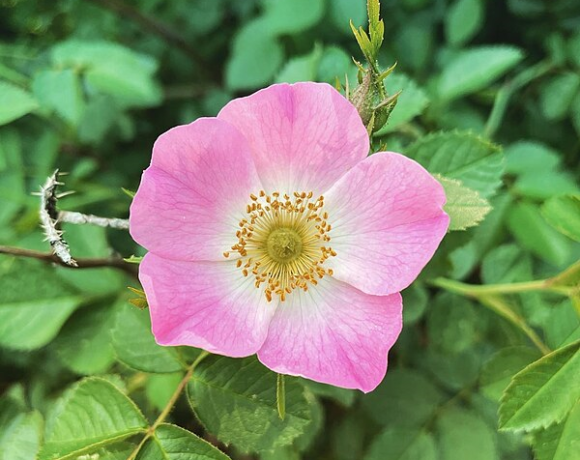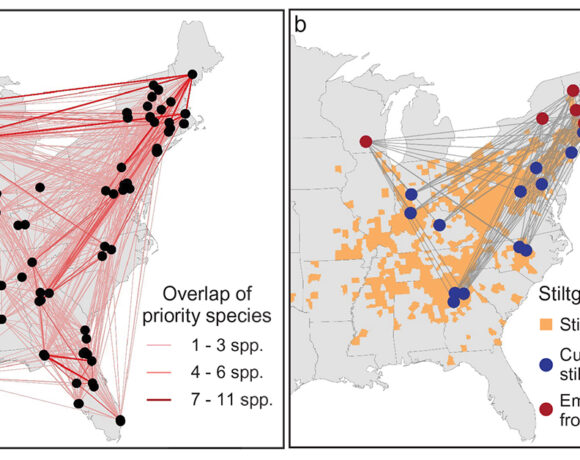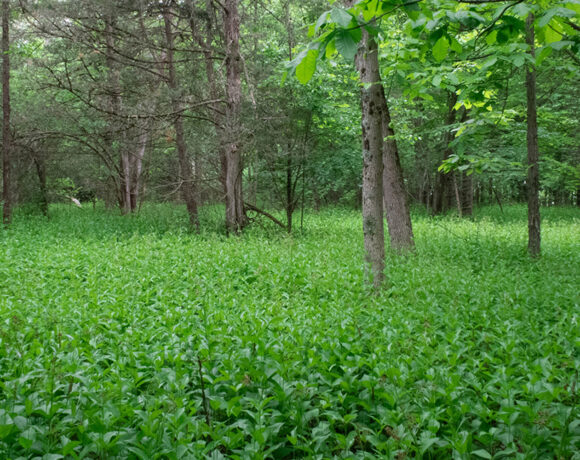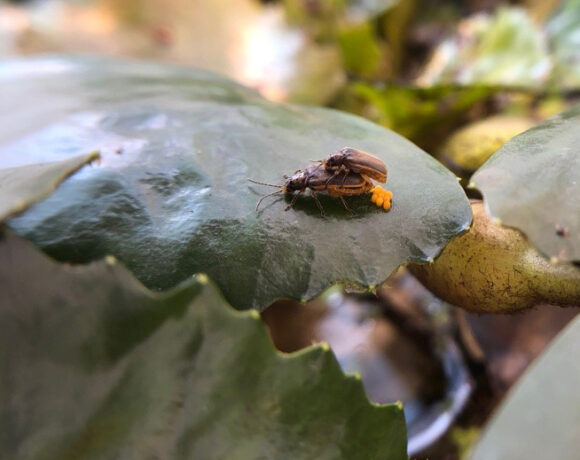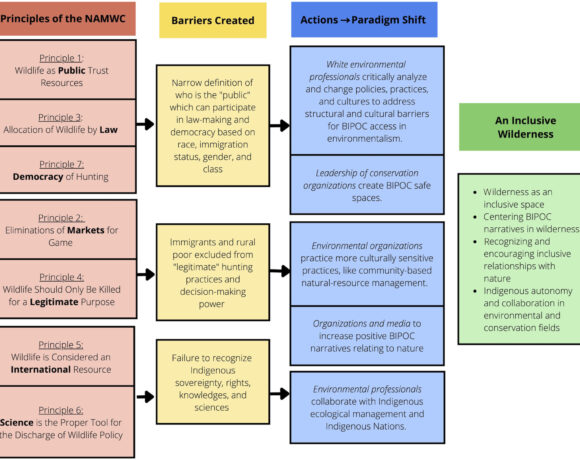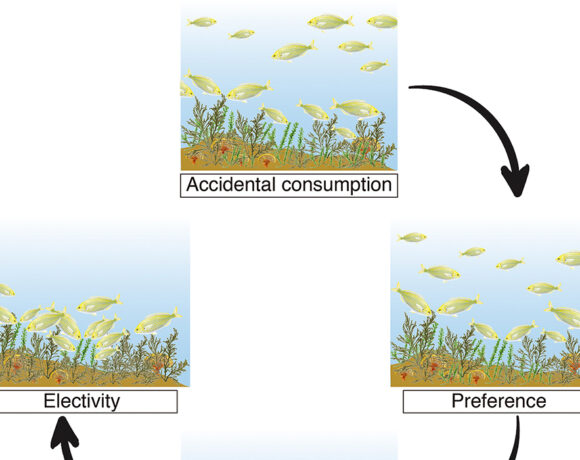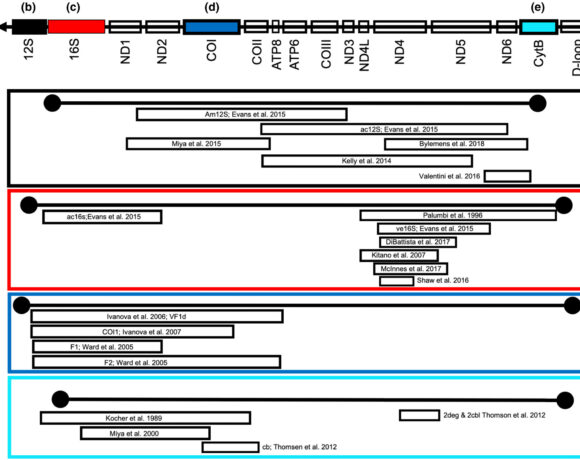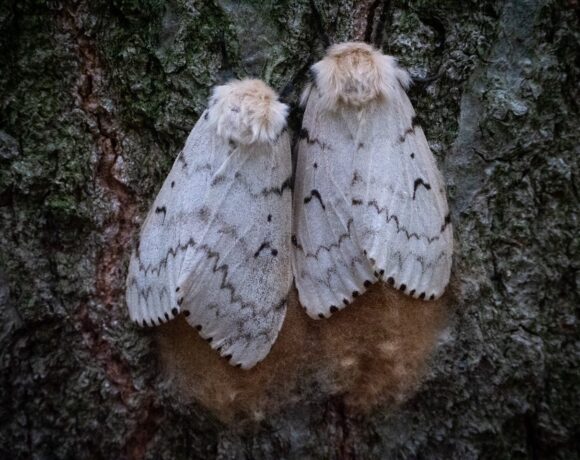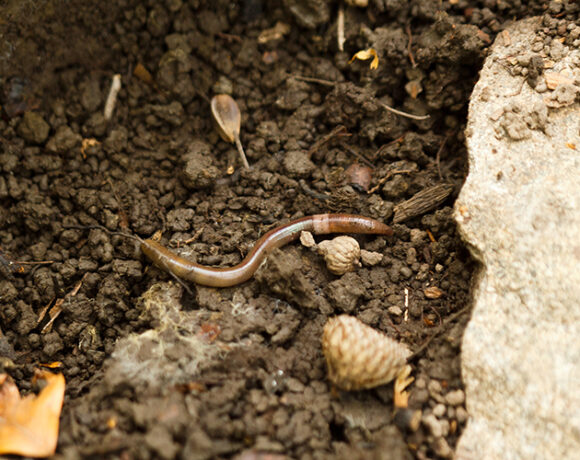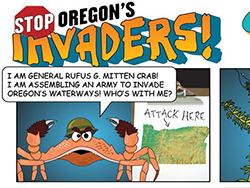Hydrilla Hazard: A surprising and lethal ecological impact
Breinlinger, S., Phillips, T.J., Haram, B.N., et al. 2021. Hunting the eagle killer: A cyanobacterial neurotoxin causes vacuolar myelinopathy. Science, 371 (6536). https://doi.org/10.1126/science.aax9050
Summary written by Justin Dalaba, edited by Audrey Bowe
The ecological impacts of invasive species are about as complex as it gets. A new study led by Breinlinger et al. highlights one such example of these unpredictable and complex interactions. Previous studies have linked Hydrilla (Hydrilla verticillata) to the harmful cyanobacterium (Aetokthonos hydrillicola), which colonizes this fast-growing aquatic invasive plant. For over 25 years, the root cause of the deadly wildlife disease, Vacuolar myelinopathy (VM), eluded scientists. This study now confirms that a neurotoxin produced by A. hydrillicola is the causative agent of VM, the infamous disease responsible for Bald eagle and waterfowl die-offs in reservoirs with dense populations of Hydrilla. Cyanobacterial samples were collected at numerous watersheds throughout the southeastern U.S. from 2014-2020. The research team tested toxicity on chickens (Gallus gallus) and confirmed the neurotoxicity of cyanobacteria samples from sites where VM was documented. Taking a closer look at A. hydrillicola colonization on Hydrilla leaves, the team analyzed cyanobacterial colonies with mass spectrometry imaging (a tool used to visualize molecules), revealing that it can hyperaccumulate bromide from the environment. A deeper look at the chemical structure uncovered the previously unknown toxin and causative agent of VM, which they called aetokthonotoxin. Lab and field feeding trials prior to this study confirmed that a variety of non-avian taxa are also threatened by VM, including amphibians, reptiles, fish, and potentially their consumers via secondary transfer through the food chain. Seasonal environmental conditions promoting toxin production are explored in this study and should be further investigated along with the potential for neurotoxin bioaccumulation.
Take-home points:
- The cyanobacterium, Aetokthonos hydrillicola, which is Greek for “Eagle killer residing on Hydrilla,” colonized up to 95% of invasive Hydrilla leaves in nearly half (45%) of sampled watersheds and produces the deadly neurotoxin (aetokthonotoxin) causing Vacuolar myelinopathy (VM).
- Seasonal environmental factors that promote toxin production include: bromide availability and physical stressors (i.e. temp and agitation), which can enhance production. Notably, VM occurrences in late Fall coincided with seasonal water temperature declines and lake turnover, enriching bromide availability and triggering toxin production.
- The potential for bioaccumulation of the neurotoxin through the food chain and influence on its production from bromide concentration in the sediment and water poses a serious ecosystem threat that requires further investigation.
- Increased monitoring of Aetokthonos hydrillicola occurring on invasive Hydrilla may protect not only wildlife but potentially human health as well.
Management implications:
- Future vegetation management should prioritize overall ecosystem health and affordable, long-term solutions to control and prevent the expansion of invasive H. verticillata and the associated cyanobacterium, A. hydrillicola.
- Any chemical treatment of H. verticillata should avoid use of bromide, since this stimulates neurotoxin production. We need to find alternatives to current bromide-containing herbicides (i.e. diquat dibromide) that are used to combat Hydrilla
- Biocontrol may be a better option than chemical, when mechanical removal is often ineffective. Triploid grass carp have been effective at eliminating H. verticillata in VM reservoirs with a history of eagle deaths, but there is potential for overstocking or escape.
- Other potential anthropogenic sources of bromide that could promote toxicity may include power plants, fungicides, and gasoline additives, however further investigation on how they influence aetokthonotoxin production is needed.
So what are the potential long-term ecological impacts of this neurotoxin associated with a widespread aquatic invasive plant? Can it affect human health? The full complexities and implications of neurotoxin production in water bodies with this Hydrilla hazard warrant further investigation.
Full details on materials and methods from this study can be accessed via: https://science.sciencemag.org/content/suppl/2021/03/24/371.6536.eaax9050.DC1


